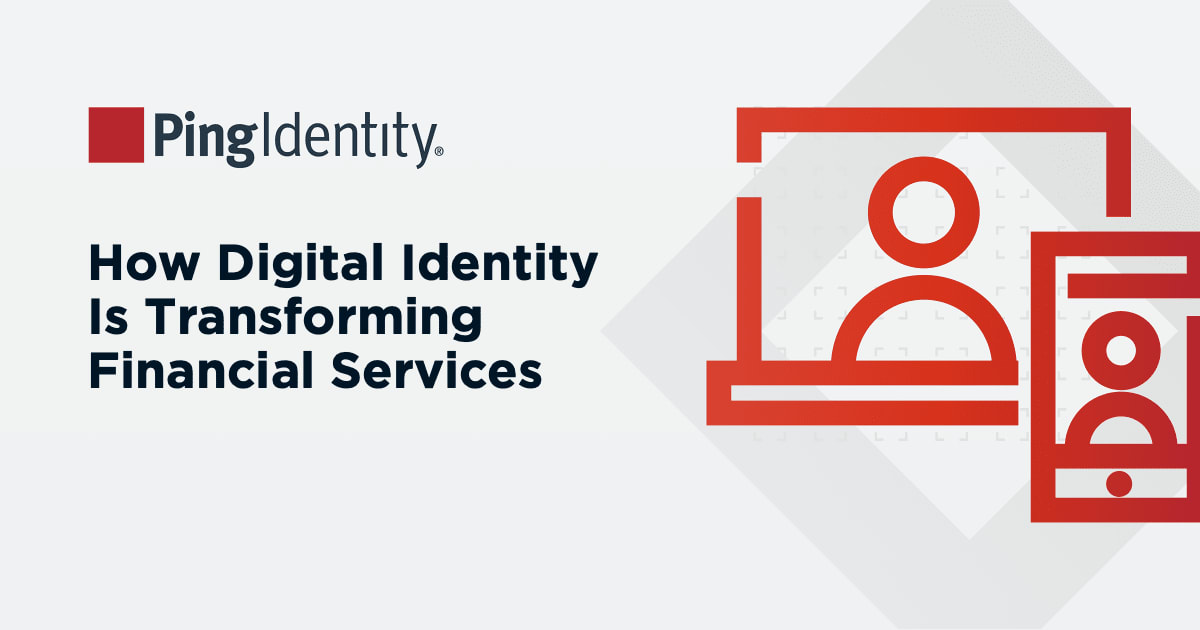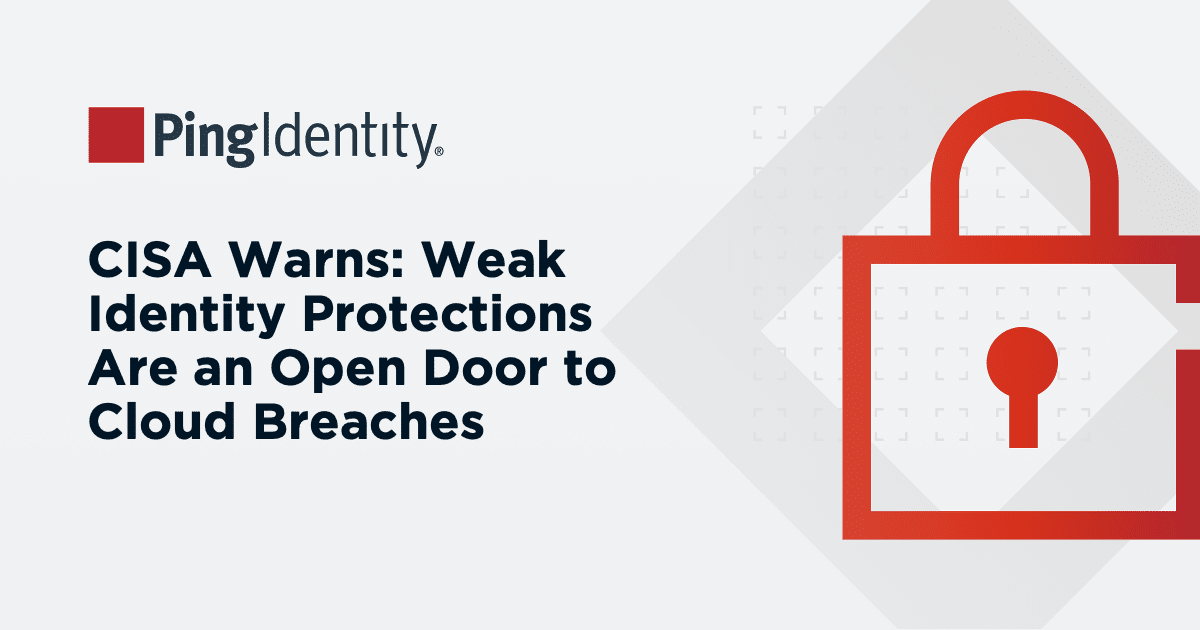The Urgency of MFA Cybersecurity in Healthcare
Recent healthcare cyberattacks have highlighted the critical need for robust cybersecurity measures in the healthcare industry. In February 2024, Change Healthcare, a subsidiary of UnitedHealth Group, was hit by a ransomware attack when hackers exploited a server that was missing a fundamental security measure: multi-factor authentication (MFA). The incident not only paralyzed healthcare services but also led to the payment of a $22 million ransom and is expected to cost the company over $1.6 billion in recovery efforts. Moreover, according to Axios, health care providers are losing up to $1 billion a day from cyberattack.1
As healthcare providers and payers continue to digitize their operations and patient records, they also continue to be the prime target for cybercriminals. According to the 2023 ForgeRock Breach Report2 of all industries healthcare is the number one targeted industry by cybercriminals. The stakes are high: a breach not only compromises member and patient data but also disrupts essential healthcare services. To mitigate these risks, healthcare organizations must adopt comprehensive security measures, with multi-factor authentication (MFA) across the organization being paramount.
Improve and Secure Healthcare Delivery with Digital Identity
The Importance of Multi-Factor Authentication (MFA)
Multi-factor authentication (MFA) is a critical component of a comprehensive cybersecurity strategy for healthcare organizations. By requiring users to provide two or more verification factors, MFA significantly reduces the risk of unauthorized access. This added layer of security ensures that even if one credential is compromised, cybercriminals cannot easily gain access to sensitive systems and data.
The implementation of MFA can mitigate the risk of data breaches and cyberattacks. In the case of the Change Healthcare attack, the absence of MFA allowed hackers to disrupt services and compromise healthcare data. By implementing MFA and other robust security measures, healthcare systems can protect electronic health records (EHR), patient data, and other sensitive information from being accessed by unauthorized individuals.
Implementing MFA in Healthcare Organizations for All User Types
Healthcare organizations must prioritize the implementation of MFA across all user types (consumer and workforce) and access points. This includes care providers, administrative staff, and even patients accessing their electronic health records (EHRs). By enforcing MFA everywhere, healthcare organizations can better ensure that only authorized users gain access to sensitive systems and data.
Benefits of MFA in Healthcare
Enhanced Data Security: MFA reduces the risk of data breaches by adding an extra layer of verification.
Compliance with Regulations: MFA helps healthcare organizations comply with HIPAA and other regulatory requirements by ensuring that access controls are robust.
Protection Against Cyberattacks: MFA makes it significantly harder for hackers to gain unauthorized access, protecting against various cyber threats, including ransomware and phishing attacks.
Different MFA Authentication Methods
Healthcare organizations can choose from various MFA methods to enhance their security posture:
Biometric Authentication (something you are): Utilizing fingerprints, facial recognition, or iris scans to verify a user's identity.
One-Time Passwords (OTP) (something you know): Sending a unique code to a user's mobile device or email.
SMS-based Verification (something you know): Although less secure than other methods, it still adds a layer of security compared to single-factor authentication.
Push Notifications (something you have): Sending a notification to a user's mobile device that they must approve to gain access.
The Difference Between Two-Factor Authentication and MFA
Two-factor authentication (2FA) and multi-factor authentication (MFA) are often conflated. In reality, 2FA is a subset of MFA that specifically requires two distinct forms of verification, such as a password and a one-time code. MFA, on the other hand, can involve two or more verification methods, including additional factors like biometric recognition or security questions, for enhanced security.
Overcoming Challenges in MFA Implementation
Implementing MFA in healthcare settings can pose challenges, such as integration with existing systems and ensuring user compliance. However, these challenges can be mitigated by:
Selecting User-Friendly Solutions: Ensuring that the MFA solutions are easy to use for all users, including those who may not be tech-savvy.
Providing Training and Support: Educating staff and patients on the importance of MFA and how to use it effectively.
Integrating with Current Systems: Choosing MFA solutions that seamlessly integrate with existing EHR systems and other healthcare applications.
Ensuring HIPAA Compliance with Strong Authentication Measures
Implementing MFA helps healthcare organizations comply with the Health Insurance Portability and Accountability Act (HIPAA). HIPAA mandates the protection of protected health information (PHI), and robust access controls, including MFA, are essential to meet these requirements. Following the Change Healthcare attack, the Office for Civil Rights (OCR) emphasized the need for covered entities to adopt strong security measures to prevent breaches and protect PHI.
Adaptive and risk-based authentication policies to balance security and productivity
Variety of authentication methods such as facial recognition and fingerprint
MFA embedded into your mobile app
Dashboards for admin insights into MFA usage and SMS costs


